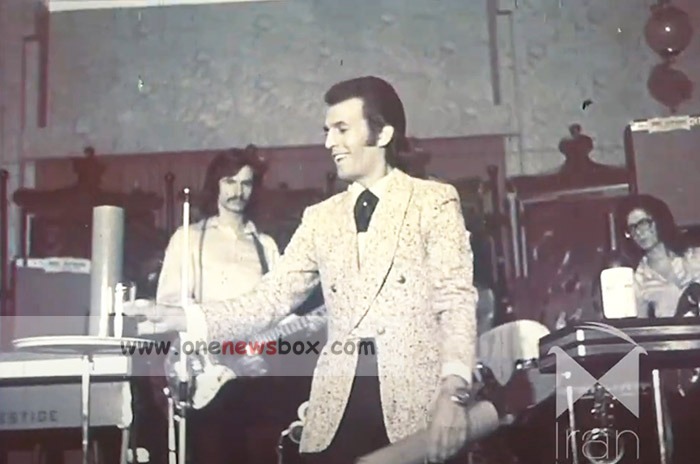The Abali Hotel, a remarkable historical structure, holds a significant place in the architectural and cultural heritage of Iran. Located in Abali, a town 45 kilometers northeast of Tehran, this hotel is known not only for its unique design and innovative use of materials but also for its unfortunate decline due to neglect and mismanagement. Once the first modern-style guesthouse in Iran and the first concrete building in the country, the Abali Hotel has fallen into a state of abandonment, raising concerns about the preservation of national landmarks and the cultural heritage of the country. This article delves into the history, design, significance, and the current state of the Abali Hotel, highlighting the unfortunate situation it faces due to a lack of care from various organizations.
Historical Background and Significance
The Abali Hotel, also known as “Shaleh Ozaneh” by the local residents, was constructed between 1935 and 1937 by Monsieur Mangenov, a design engineer from the former Soviet Union. Mangenov collaborated with two German engineers, Georges and Andranik, to design this innovative structure. The hotel was built under the Pahlavi regime and was initially managed by the Pahlavi Estates Administration, which was later renamed the Pahlavi Foundation. It was constructed in the picturesque Abali region, nestled on the slopes overlooking the eastern parts of Tehran. The design of the hotel was revolutionary for its time, incorporating modern materials like concrete, which was a groundbreaking choice for construction in Iran at the time.
The hotel was not just a place for travelers but a symbol of modernity and progress. It represented a new era for Iranian architecture, with its sleek and functional design, marking a significant departure from the traditional building styles that were prevalent in the country. The structure’s architectural style was a blend of modernist influences, incorporating large open spaces, innovative engineering solutions, and attention to detail in its design. The building’s use of concrete was particularly notable, as it was the first such structure in Iran, signifying a shift towards modern construction techniques in the country.
However, after the fall of the Pahlavi regime and the victory of the Islamic Revolution in 1979, the Abali Hotel’s fate took a drastic turn. The hotel, once a symbol of the country’s modern aspirations, was handed over to the Foundation for the Oppressed and Veterans. Its intended purpose was to serve as a cultural space, preserving its historical and architectural value. Unfortunately, the hotel soon fell into a state of disrepair as it became neglected by its custodians.

